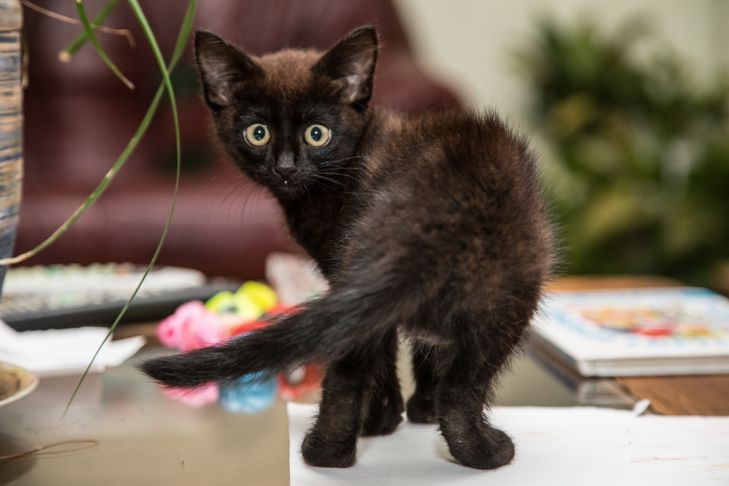Until recently, docked tails were found only in dogs. In the wild, the lynx and some breeds of domestic cats stand out among the representatives of the cat family with a short tail.
But if a lynx is born like this, then the tails of purebred cats are docked.
Whether it is worth depriving pets of such an important tool can only be understood by answering the question: why do cats have a tail?

It turns out that this is not an extension of the spine at all, but, as already mentioned, a real instrument.
First, for balance
Everyone admired watching a cat or a cat move along the edge of a wooden fence. And it is the tail that allows them to maintain balance. It has also long been proven that the tail of cats functions as a "steering wheel" and helps them maneuver on sharp turns.
It is also believed that if an animal gets a paw injury, then the tail in this case bears double the load.
Secondly, when falling
Everyone knows that when a cat falls, it usually lands on its paws. Not always, but in most cases. The tail is responsible for this physical feature.
It turns out that, due to the rotational movements of the tail, a cat or a cat during a fall manages to give its body the necessary position before physical contact with the ground or another hard surface occurs.
Thirdly, for “socialization”
Not only dogs, but also cats can "exchange" a few phrases with their owner or fellow tribesmen using their tail. Non-verbal signals also include the position of the ears, the expression of the eyes, the condition of the fur and the gestures of the paws.
Fourthly, for touch
It has been noted that cats become nervous when someone tries to touch their tail. What happens when you try to pet them, not to mention pull them, is known to everyone. The fact is that this process contains a “darkness” of various nerve endings, with the help of which animals navigate in space, feel and solve other problems.
